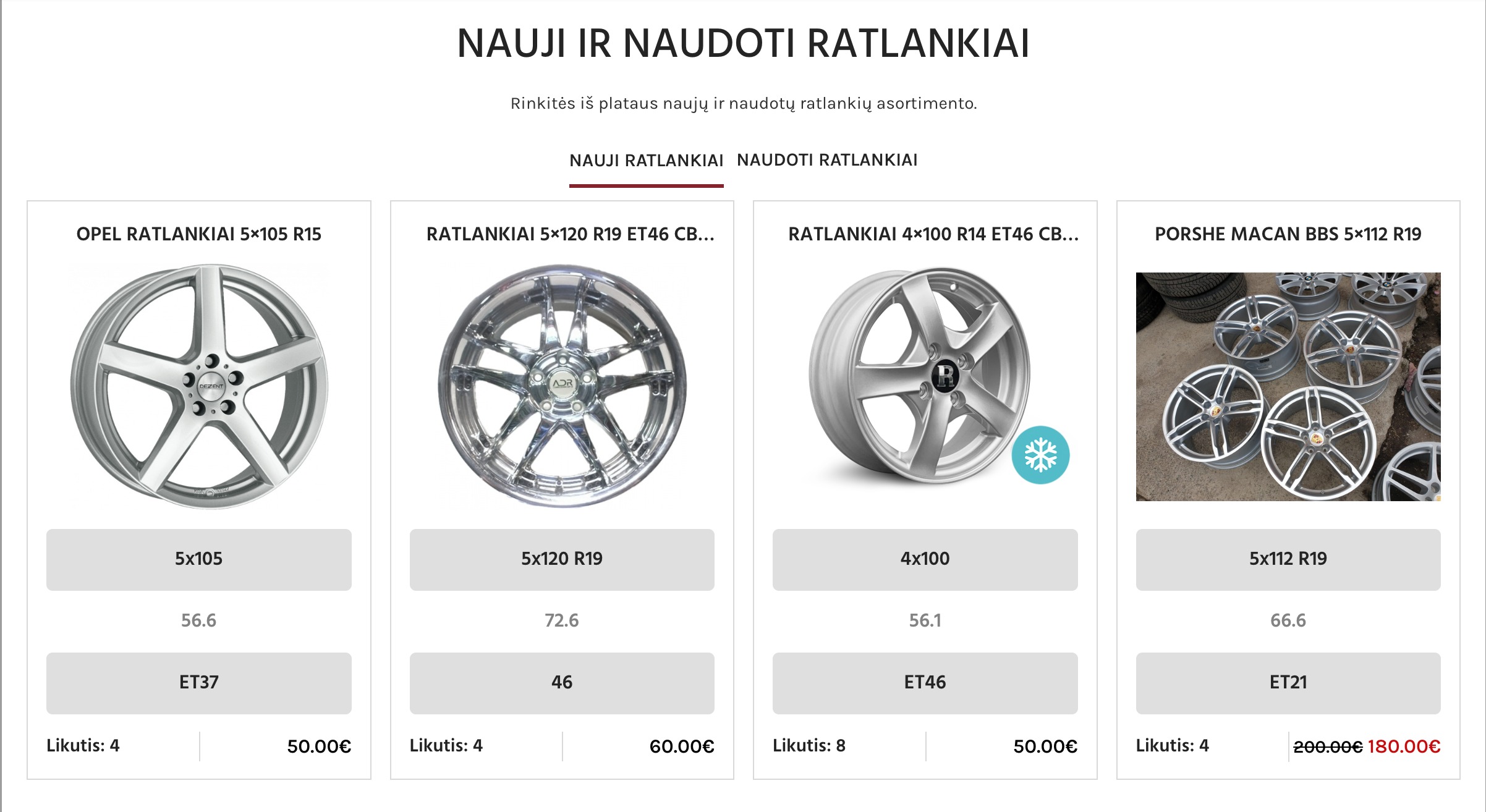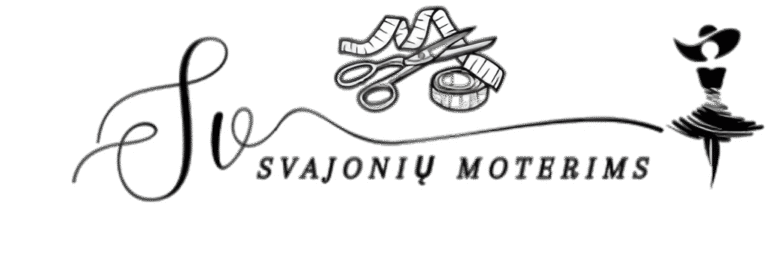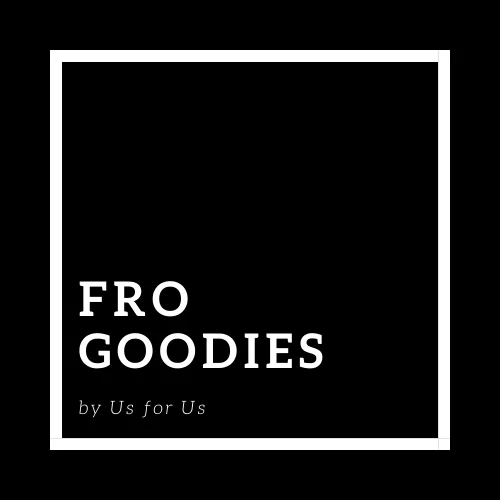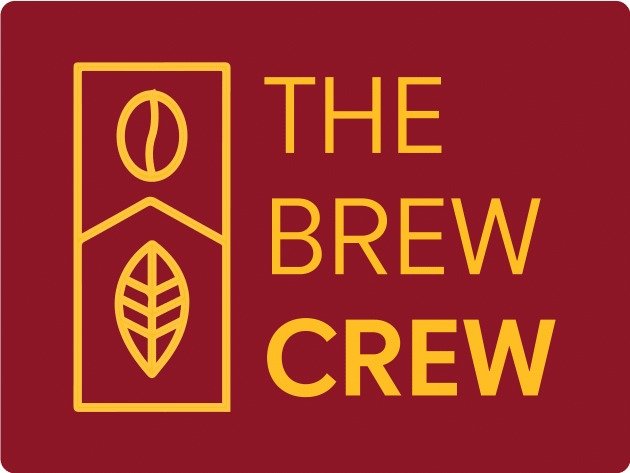Woocommerce Product Design with Elementor Loop Grid & ACF Fields: A–Z: Step-by-Step Guideline
Goal: build fast, scalable, SEO-friendly WooCommerce product listings and templates using Elementor Loop Grid and Advanced Custom Fields (ACF) so every product displays rich, dynamic content (badges, specs, galleries, FAQs) without hacking templates.
NOTE: Work on a staging site, take a backup, and keep Elementor (Pro recommended) + WooCommerce + ACF updated before you start.
1) Quick plan & prerequisites (do this first)
- Install & activate:
- WordPress + WooCommerce (products ready).
- Elementor + Elementor Pro (Loop Builder / Loop Grid widgets).
- Advanced Custom Fields (ACF). ACF Pro recommended for repeaters, flexible content, gallery.
- Choose where you’ll use Loop Grid:
- Shop/archive pages, category grids, or custom product lists.
- Use Single Product template (Elementor Single Product) to design product page — Loop Grid is for lists; Single Product is for single view.
- Decide which dynamic fields each product needs: e.g., short specs, extra images, care instructions, badges (“New”, “Eco”), size chart, product FAQs.

2) Wireframe & keyword-aware content model (SEO first)
- Sketch the block order for list items and single product pages: thumbnail → title → price → short specs → badges → CTA.
- For SEO, include these as dynamic elements:
- H2/H3 that contain keyword phrases (e.g., product type + brand).
- Meta-relevant content in visible text (short SEO-friendly descriptions).
- Map ACF fields to wireframe:
product_badge,short_specs,gallery_images,size_chart_link,faq_repeater.

3) Create ACF field groups (A to Z)
- Go to Custom Fields → Add New. Name it: Product Extra Fields.
- Add fields (examples):
product_badge— Text (instructions: e.g. “Eco, New, Limited”).short_specs— WYSIWYG or Textarea (max length 150–300 chars).gallery_images— Gallery (return format: Image ID).size_chart— File or URL.faq_repeater— Repeater with subfields:faq_q(Text),faq_a(Textarea).product_video— URL (YouTube/Vimeo).
- Location rules:
- Show this field group if
Post Typeis equal toProduct.
- Show this field group if
- Important settings:
- For images, use ID return so Elementor can use dynamic image by ID.
- Add field instructions and enforce required fields where needed.
- Publish field group.
4) Fill product ACF content (efficiently)
- Edit a few sample products to populate fields (use one product as a template).
- For bulk updates, use CSV import tools mapping custom fields, or use WP All Import with ACF addon.
- Quality tip: write short-specs with keywords naturally (e.g., “Breathable retro tire — lightweight design for city driving”).

5) Create an Elementor Loop Item template (the heart)
- In WordPress admin: Elementor → Templates → Loop Item → Add New.
- Name it:
Loop — Product Card. - Design the loop card as a small canvas:
- Image (use Dynamic > ACF Field or Featured Image for fallback).
- Product Title: use Dynamic > Post Title.
- Price: use Dynamic > WooCommerce Price or the WooCommerce widget.
- Short specs: use Text Editor with Dynamic > ACF Field → choose
short_specs. - Badge: use Heading or Icon Box with Dynamic > ACF Field (
product_badge). Add a conditional display (Elementor Display Conditions or use CSS utility) so it hides if empty. - Gallery preview: small thumbnail list pulling from
gallery_images(ACF Gallery dynamic). - CTA: Add to Cart or Quick View (Elementor WooCommerce buttons).
-

Product Design with Elementor Loop Grid & ACF Fields
- Styling tips:
- Avoid heavy shadows & high-resolution unoptimized images.
- Use consistent card padding, grid alignment, and accessible font sizes.
- Save the loop template.
6) Add Loop Grid to shop / archive / custom page
- Edit the Shop or a custom page with Elementor.
- Use Posts or Loop Grid (Elementor Pro) widget:
- Set Skin to Loop Grid and select your Loop — Product Card template.
- Query settings:
- Source: Products
- Include/exclude: Categories, tags, or custom taxonomy.
- Order by: menu_order, date, or custom field (
meta_keyfor priority).
- Pagination:
- Use AJAX Load More or classic pagination for UX and SEO.
- Fallback:
- Provide fallback content if ACF fields empty (Elementor dynamic tag has fallback option).

7) Single Product template & ACF
- Create Single Product template in Elementor:
- Use Dynamic widgets for
short_specs,gallery_images,size_chart, andfaq_repeater. - If repeater content isn’t directly supported via dynamic tags, create a small shortcode (see Troubleshooting below) to render repeater output and add it via Shortcode widget.
- Use Dynamic widgets for
- Place important SEO content above the fold (H1 product name, short specs) and FAQs in expandable schema-friendly blocks.

8) Query filters, faceted search & UX
- Use Elementor query controls to show only products with certain ACF values (for example, a custom meta flag).
- If you need faceted search (color, size, price), combine product attributes + ACF if needed, or use a faceted plugin compatible with Elementor.
- For better conversions, show dynamic badges at list level (sale, low stock, eco) using ACF or product meta.

9) Responsive & accessibility
- Test card layout at mobile / tablet:
- Reduce columns, stack elements, hide non-essential text on mobile.
- Use larger CTA buttons on touch.
- Accessibility:
- Ensure images have ALT text (use ACF image alt or derive from product title).
- Focus states for CTAs, semantic heading order (H1 on product page, H2 for brand/spec).
- Keyboard operability for add-to-cart and accordion FAQs.
10) Performance & SEO checklist (A–Z)
- Images:
- Upload optimized images; serve WebP if the server or plugin supports it.
- Use appropriate image sizes (Elementor image size setting).
- Lazy load:
- Lazy-load gallery images and offscreen assets.
- Caching & CDN:
- Enable page cache, object cache and consider a CDN for geo speed.
- Minify CSS/JS carefully; exclude Elementor core files if issues occur.
- Structured data:
- WooCommerce outputs Product schema; ensure ACF content (like reviews or badges) is reflected where relevant.
- Titles & meta:
- Let Rank Math use dynamic variables: product title, brand, key spec (short_specs) for meta descriptions.
- Content:
- Use keyword variants naturally in
short_specsand H2s (e.g., “Elementor product templates”, “ACF dynamic fields for WooCommerce”).
- Use keyword variants naturally in
- Internal linking:
- Link product cards to category pages and related products to improve crawl depth.

11) Troubleshooting (common problems + fixes)
- ACF field not showing in Loop card
- Ensure the field group location is
Post Type = Product. - Confirm field names (use field key if needed).
- In Elementor dynamic tag, pick the correct field and choose return format (ID for images).
- Clear Elementor & site caches.
- Ensure the field group location is
- Repeater fields not rendering in Elementor
- Elementor’s dynamic tags don’t iterate repeaters. Use a shortcode:
// Add to theme's functions.php or a small plugin
add_shortcode('acf_repeater', function($atts) {
$atts = shortcode_atts(['field' => ''], $atts);
if (!function_exists('get_field')) return '';
$items = get_field($atts['field']);
if (!$items) return '';
$out = '<div class="acf-repeater">';
foreach ($items as $row) {
$q = esc_html($row['faq_q'] ?? '');
$a = wpautop(esc_html($row['faq_a'] ?? ''));
$out .= "<div class='faq'><strong>{$q}</strong><div class='ans'>{$a}</div></div>";
}
$out .= '</div>';
return $out;
});
- Use
[acf_repeater field="faq_repeater"]inside an Elementor Shortcode widget. - Images wrong size or blurry
- Regenerate thumbnails after changing image sizes, and ensure Elementor image widget is set to correct size.
- Slow listings
- Reduce number of products per query, enable lazy load, and optimize images.

12) QA, testing & launch checklist
- Preview on desktop, tablet, mobile.
- Test multiple scenarios: product with full ACF data, product with only core WC data, product without gallery.
- Test add-to-cart flows, quick view, and checkout.
- Run Speed checks (GTmetrix / Lighthouse) and address large JS/CSS bundles.
- Verify rich snippets using Google’s Rich Results Test.
- Verify robots/meta tags and sitemap inclusion for product pages.

13) Maintenance & scale tips
- When adding new ACF fields, update the loop template and single product template together.
- Keep a staging→production release log for template changes.
- If you have thousands of products, serve product lists as paginated or via lazy-load to avoid long queries.
- Consider a lightweight object cache (Redis or Memcached) for high traffic stores.































